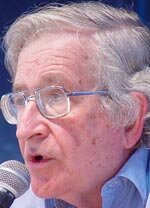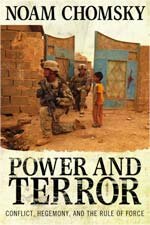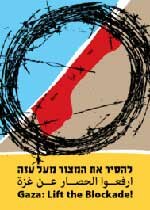
Jerusalem – Ramat Shlomo neighborhood
By Nir Hasson, Haaretz – 3 Jan 2013
www.haaretz.com/news/national/construction-in-jerusalem-neighborhoods-beyond-green-line-peaked-in-2012-1.491549
According to Ir Amim, 6,932 units were approved for future construction in 2012, compared to 1,772 homes in 2011 and 569 in 2010
Last year was a record year with regard to construction in the Jerusalem neighborhoods over the Green Line, with tenders for 2,386 apartments issued in 2012 compared to only 726 in 2011.
Publication of a tender by the Housing and Construction Ministry or the Israel Lands Administration to solicit bids from contractors is the last stage before earthwork at a site begins, so these numbers reflect actual construction expected in the near to medium term.
The government made its medium-to-long term intentions equally clear last year, with a sharp increase in the number of housing units approved by government planning committees, according to the Ir Amim association, which seeks to “expose key developments in order to halt harmful government actions” that “threaten to derail negotiations on final status issues,” according to its website.
According to Ir Amim, 6,932 units were approved for future construction in 2012, compared to 1,772 homes in 2011 and 569 in 2010. The largest building plans were approved for Gilo, Har Homa and Givat Hamatos in southern Jerusalem, and Pisgat Ze’ev and Ramat Shlomo in northern Jerusalem. These figures do not include the decision to build in the E-1 area between Jerusalem and Ma’aleh Adumim.
The data show that the previous record year for East Jerusalem construction was 2008, under the Olmert government, when 970 units were approved by planning committees and tenders were published for 1,931 homes. The following year, the Netanyahu government’s first, tenders were published for 1,021 homes.
The two following years, 2010 and 2011, however, saw a marked slowdown. The approval of a plan to build 1,600 homes in Ramat Shlomo during a visit by U.S. Vice President Joe Biden was considered a watershed event in this regard, as it caused a deep crisis with the United States. From that point, the Prime Minister’s Office closely monitored plans for building over the Green Line, and numerous plans were either rejected or removed from the planning committees’ agendas. In 2010, only 506 homes were approved by planning committees for Jerusalem, and in 2011 there were even fewer, 312.
But last year, an election year in the United States, either the administration pressure dropped or it had less influence; it’s possible that Israeli officials also believed U.S. President Barack Obama, a frequent critic of Jerusalem construction plans, would not be reelected. Whatever the case, the restraints on the planning committees were dropped, and thousands of apartment plans were approved.
A substantial number of these committee approvals were swept through following the successful bid by the Palestinian Authority to achieve nonmember state observer status at the United Nations, which was only a few weeks ago. But the tenders issued have nothing to do with that development, since preparing tenders for large construction projects is a lengthy process.
Just on Wednesday the Jerusalem Local Building and Planning Committee approved a plan to build six hotels with a total of more than 1,000 rooms.
“There’s nothing here that’s natural or coincidental,” said Yehudit Oppenheimer, Ir Amim’s director. “We know that the Prime Minister’s Office keeps a careful eye on these decisions. This a huge move toward changing the reality in Jerusalem without conducting a public debate about it.
“The only discussion is over whether Jews are allowed to build over the Green Line, but we’re missing the big picture,” continued Oppenheimer. “Jerusalem has become ‘Greater Jerusalem,’ in which Ma’aleh Adumim and Gush Etzion are part of the city. This reality traps within it a large Palestinian population, with all its religious and symbolic assets, with no civil status and with no rights, while the Jewish majority has a monopoly on the mechanisms of power and control.
“This is a disaster for Jerusalem as a city and for its people,” she added. “If the government is looking to create a binational and multi-religious city, this can only be sustained with full cooperation and a division of the symbolic and physical resources.”
- Tweet

Please support the IOA so that we can continue covering the Israeli Occupation. To help, please CLICK HERE







































{ 0 comments… add one now }